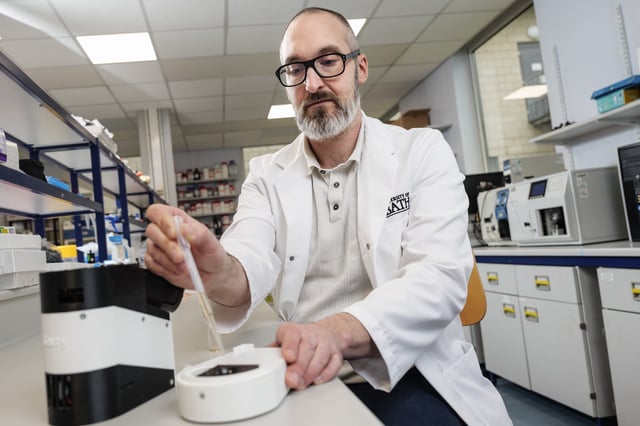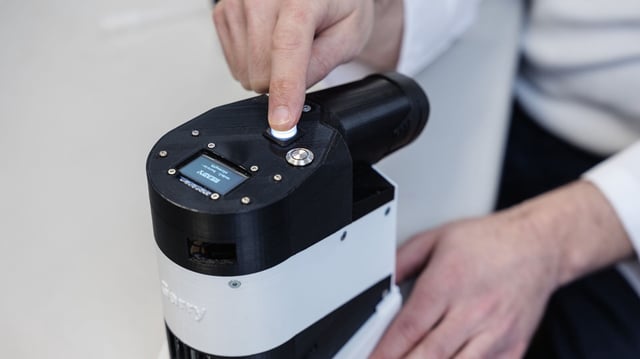Overview
- Researchers at the University of Bath have developed a portable device that uses fluorescence and reflectance spectroscopy to detect dangerous street drugs at low concentrations.
- The device is powered by a deep-learning algorithm trained on extensive spectroscopic data, allowing accurate identification of substances based on their unique light signatures.
- Trials with law enforcement and community services in the UK, Norway, and New Zealand have demonstrated the device's ability to identify lethal substances like nitazene and issue timely warnings.
- Devon & Cornwall Police used the device to analyze oxycodone tablets containing nitazene, enabling a public warning within 36 hours of an overdose death in 2024.
- Designed for non-expert use, the tool aims to enhance harm reduction efforts by providing real-time drug analysis in high-risk settings like festivals and community clinics.


